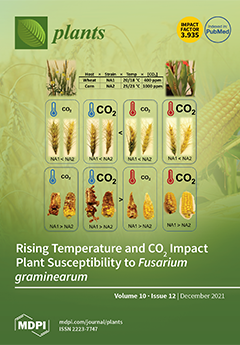L-Tyrosine (Tyr) is one of the twenty proteinogenic amino acids and also acts as a precursor for secondary metabolites. Tyr is prone to modifications, especially under conditions of cellular redox imbalance. The oxidation of Tyr precursor phenylalanine leads to the formation of Tyr non-proteinogenic isomers, including
meta-Tyr (
m-Tyr), a marker of oxidative stress. The aim of this review is to summarize the current knowledge on
m-Tyr toxicity. The direct
m-Tyr mode of action is linked to its incorporation into proteins, resulting in their improper conformation. Furthermore,
m-Tyr produced by some plants as an allelochemical impacts the growth and development of neighboring organisms. In plants, the direct harmful effect of
m-Tyr is due to its modification of the proteins structure, whereas its indirect action is linked to the disruption of reactive oxygen and nitrogen species metabolism. In humans, the elevated concentration of
m-Tyr is characteristic of various diseases and ageing. Indeed,
m-Tyr is believed to play an important role in cancer physiology. Thus, since, in animal cells,
m-Tyr is formed directly in response to oxidative stress, whereas, in plants,
m-Tyr is also synthesized enzymatically and serves as a chemical weapon in plant–plant competition, the general concept of
m-Tyr role in living organisms should be specified.
Full article






